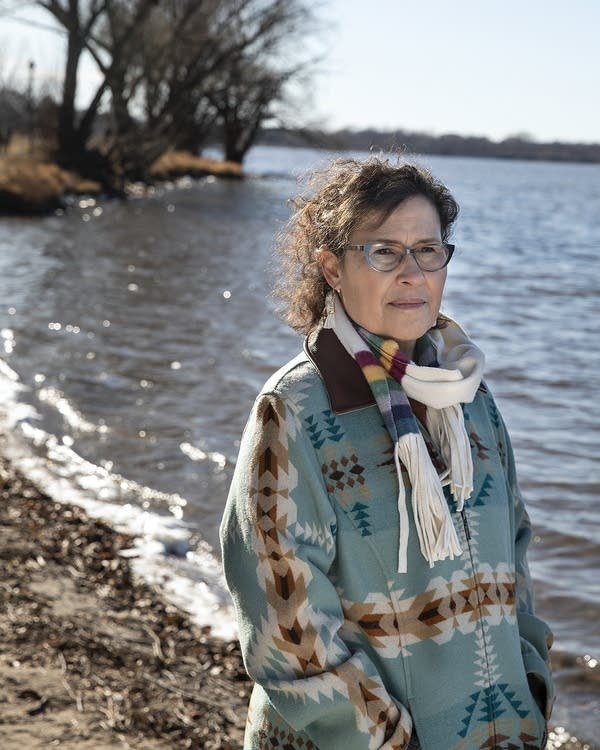ChangeMakers: Terri Yellowhammer, bringing representation to the bench

Terri Yellowhammer, 57, stands at Lake Nokomis in south Minneapolis. She was recently appointed a judge in Minnesota’s 4th Judicial District by Gov. Tim Walz.
Christine T. Nguyen | MPR News
Go Deeper.
Create an account or log in to save stories.
Like this?
Thanks for liking this story! We have added it to a list of your favorite stories.


